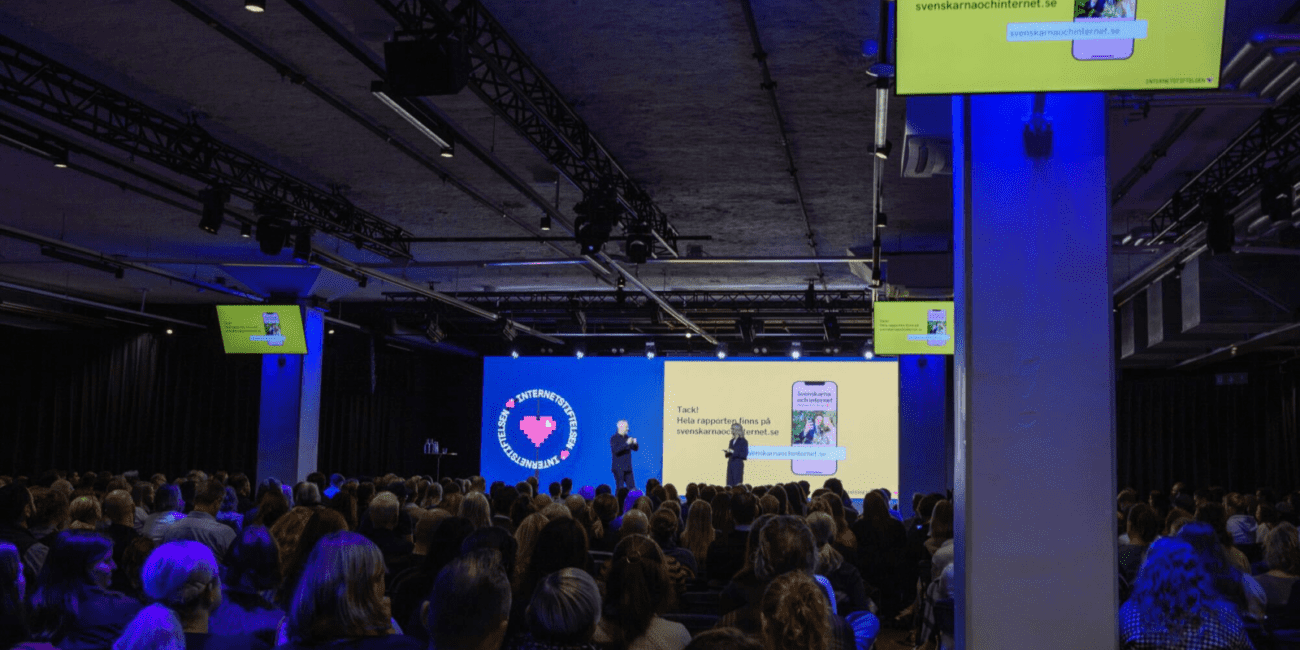The annual report, The Swedes and the Internet, has been released in its latest edition. We at San Francisco had the opportunity to be present at the Sergel Hub for the report’s release, gaining valuable insights into media consumption trends in the Swedish market. A key finding that piqued our interest as a PR agency is how Swedes across various generations use social media to follow news media. The report indicates that following news outlets on social media is most common among those born between the 1950s and 1990s, where more than half are active followers. Even the youngest internet users (born in the 2000s and 2010s) and the older generations (20s, 30s, and 40s) are engaged, with over 40% using social media to keep up with news.
Social media as a news source
Nearly half of Swedes use social media to access news they wouldn’t have seen otherwise, making social platforms especially important for younger generations. Almost two-thirds of individuals in their 20s and 30s rely on social media to stay informed about current events.
A political divide in news media
Swedes’ choice of news media on social platforms varies across generations and political affiliations. While the gender difference in media following is generally small, political views significantly influence the choice of news sources. Public Service media like SVT Nyheter and Sveriges Radio/Ekot are predominantly followed by those who lean left on the political spectrum. In contrast, people on the right tend to follow other outlets, highlighting a notable political divide in media consumption.
A trusted source
Navigating paywalls
A significant portion of Swedes, over 60%, prefer to access only free news media, particularly among pensioners, low-income earners, and those with primary or secondary education. However, even in middle- and high-income households, most choose to consume free news sources. Interestingly, a small fraction (3%) of Swedes access paid news media through their employers, equating to about 5% of the working population. The usage of employer-subscribed media is more prevalent among white-collar workers (7%) than blue-collar workers (2%).





